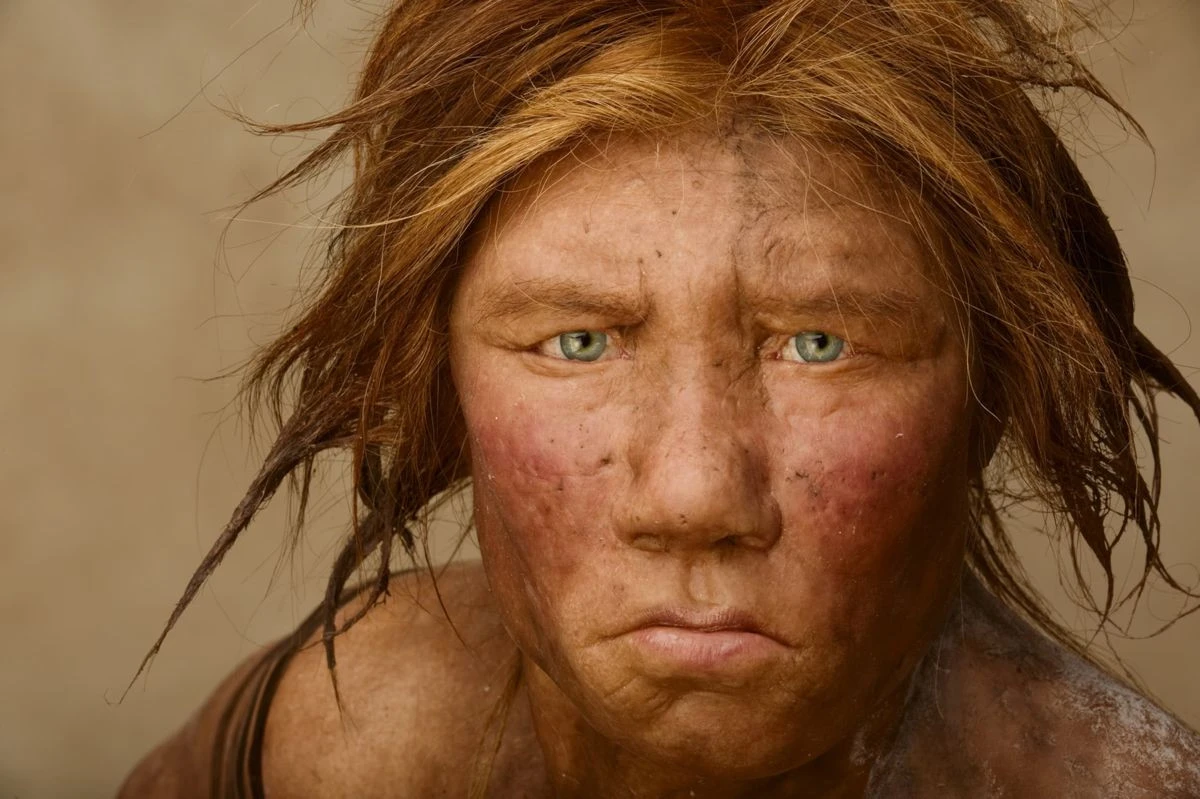The skeleton discovered in the Great Tumulus of Vergina does not belong to Philip II, the father of Alexander the Great, according to new research that is turning long-held assumptions on their head.
A study published in the Journal of Archaeological Science reveals that the male skeleton found in the royal tomb is actually that of an unknown Macedonian official who died at least 20 years before Philip II’s assassination. Archaeologists believe this individual was likely a relative of the famed king, which could explain his burial in such a prestigious location.
The Occupants of Tomb I
Discovered in 1977, the Great Tumulus at Vergina is home to the royal tombs of the Argead dynasty—the family that established the Kingdom of Macedon and ultimately dominated ancient Greece. Until recently, most scholars agreed that Tomb I contained the remains of Philip II, his wife Cleopatra, and their infant child. All three were reportedly murdered in 336 BC on the orders of Olympias, Alexander the Great’s mother, to secure her son’s succession to the throne.
However, the latest dating and analysis of the remains now suggest that the man in the tomb died between 388 and 356 BC, decades before that infamous triple assassination. Scientists used cutting-edge methods involving genetic, osteological, and biological data to determine that the man was between 25 and 35 years old, and the woman buried alongside him was 18 to 25 years old. Researchers are now certain: these are not the remains of Philip II and Cleopatra.
The Mystery of the Roman-Era Infants
Adding another layer to the puzzle, archaeologists uncovered the skeletal remains of at least six infants buried in the same tomb—centuries later, between 150 and 130 AD during the Roman era. These babies are believed to have been the children of high-ranking Roman officials.
It’s likely that the tomb was looted in the 3rd century BC, which may have allowed Roman-era families to reuse the site for their own burials.
Given all these findings, archaeologists now suggest the original male occupant was a prominent Macedonian official or court member—possibly even a young king who died decades before Philip II ever rose to power.
This latest research not only reshapes our understanding of Vergina’s royal tombs but also highlights the enduring mysteries still buried beneath Macedonia’s ancient soil.







